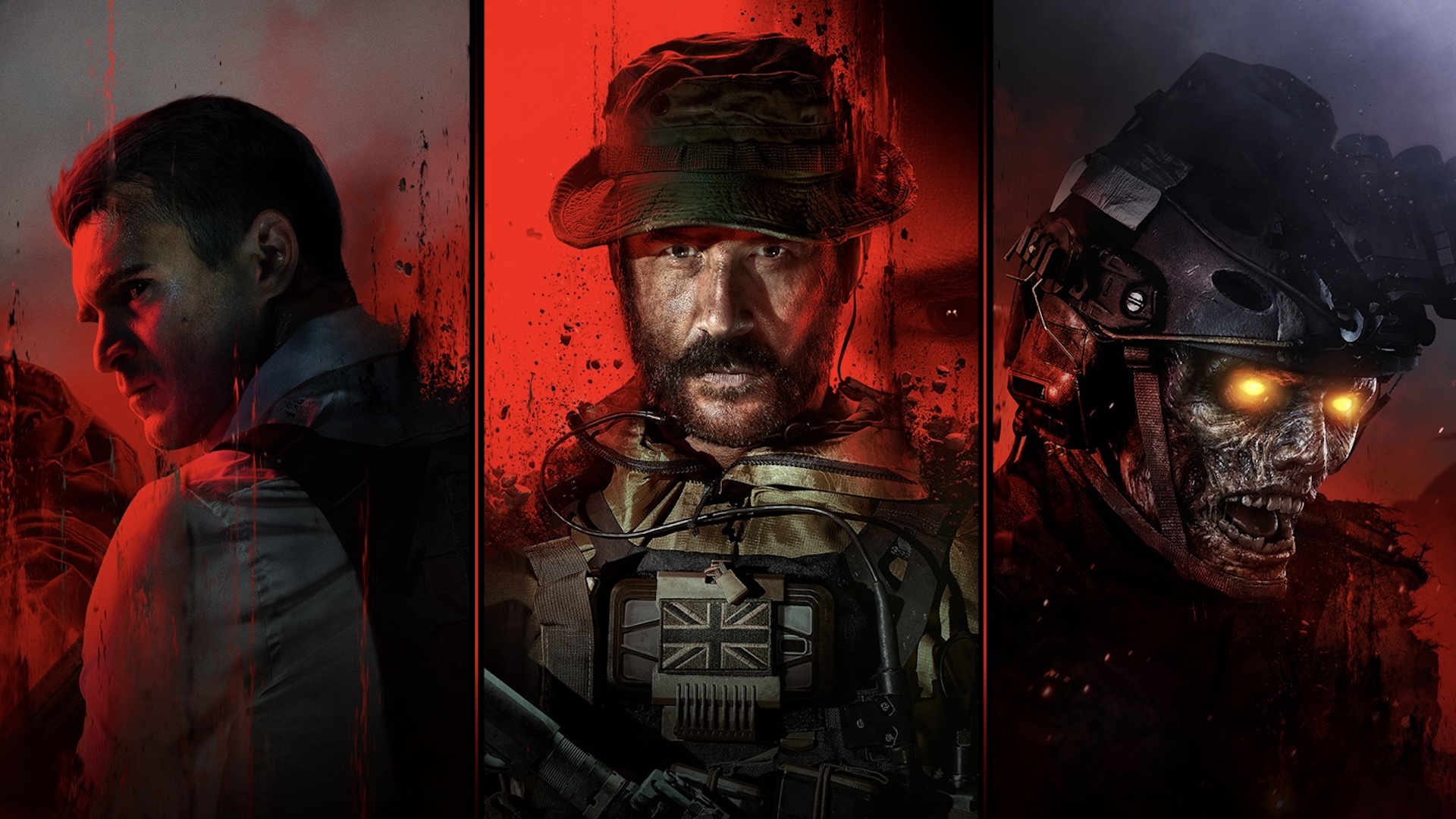Weapons used on horseback have played a pivotal role in shaping military history, particularly during the era of cavalry warfare. The New York Times (NYT) has frequently highlighted the significance of these weapons in various historical contexts, emphasizing their impact on battles and military strategies. This article delves into the fascinating world of cavalry weapons, exploring their evolution, significance, and lasting legacy in warfare.
Cavalry units have long been a symbol of power and dominance on the battlefield. From ancient times to the modern era, the use of weapons on horseback has been a defining aspect of military engagements. This article aims to provide a comprehensive understanding of the weapons used by cavalry units, their historical significance, and their portrayal in historical narratives such as those featured in the New York Times.
Through this exploration, we will uncover the intricacies of cavalry weapons, their tactical applications, and their influence on the outcomes of battles. By the end of this article, readers will have a deeper appreciation for the strategic importance of weapons used on horseback and their enduring legacy in military history.
- Wwwmovierulztelugu Your Ultimate Guide To Telugu Movies
- Does Https Bollyflix Work A Comprehensive Guide
Table of Contents
- History of Weapons Used on Horseback
- Types of Weapons Used on Horseback
- Evolution of Cavalry Weapons
- Cavalry Tactics and Weaponry
- NYT Coverage of Cavalry Weapons
- Impact of Cavalry Weapons on Warfare
- Famous Battles Featuring Cavalry Weapons
- Modern-Day Relevance of Cavalry Weapons
- Preservation of Cavalry Weapons
- Conclusion and Call to Action
History of Weapons Used on Horseback
The history of weapons used on horseback dates back thousands of years, with early civilizations recognizing the strategic advantages of mounted warriors. Horses provided speed, mobility, and an elevated position on the battlefield, making them ideal platforms for deploying various weapons. The earliest recorded use of cavalry weapons can be traced to ancient Mesopotamia and Egypt, where chariots equipped with archers and spearmen dominated the battlefield.
As civilizations advanced, so did the weapons used by cavalry units. The Romans, for instance, developed specialized weapons such as the spatha, a longer sword designed for use on horseback. Similarly, the medieval knights of Europe equipped themselves with lances, swords, and maces, each tailored to maximize effectiveness in mounted combat.
Early Civilizations and Cavalry Weapons
- Mesopotamia: Chariots equipped with archers and spearmen.
- Ancient Egypt: Use of composite bows and spears from horseback.
- Greece and Rome: Development of specialized swords and lances for mounted warriors.
Types of Weapons Used on Horseback
Cavalry weapons varied widely depending on the region, era, and military strategy. However, certain types of weapons emerged as staples in mounted combat due to their effectiveness and versatility. These include lances, swords, bows, and maces, each serving a unique purpose in battle.
- Sd Movies Point Fit Your Ultimate Guide To Highquality Streaming And Downloads
- Hd Hub Movie 2 Your Ultimate Guide To Highquality Movie Streaming
Lances: The Signature Weapon of Knights
Lances were the primary weapon of choice for medieval knights, particularly during the era of heavy cavalry. These long, spear-like weapons allowed knights to deliver devastating blows from horseback, often targeting the enemy's center of mass or shield. The use of lances was closely tied to the concept of the charge, where mounted warriors would gallop at full speed toward their opponents, creating an unstoppable force.
Swords: Versatility in Mounted Combat
Swords played a crucial role in cavalry warfare, offering knights and mounted warriors a versatile weapon for close-quarters combat. The sabre, with its curved blade, became particularly popular among cavalry units due to its effectiveness in slashing and cutting motions from horseback. Swords also served as a backup weapon in case the lance was lost or damaged during battle.
Evolution of Cavalry Weapons
The evolution of cavalry weapons reflects the broader advancements in military technology throughout history. As new materials and techniques emerged, cavalry weapons became more sophisticated and effective. The introduction of steel, for example, revolutionized sword-making, allowing for stronger and more durable blades. Similarly, the development of firearms eventually led to the decline of traditional cavalry weapons, as mounted warriors adopted pistols and carbines for increased range and firepower.
Technological Advancements in Weaponry
- Steel Production: Improved quality and durability of swords and lances.
- Gunpowder: Emergence of firearms as a staple in cavalry units.
- Armor Design: Development of lighter and more effective armor for mounted warriors.
Cavalry Tactics and Weaponry
Cavalry tactics were closely tied to the weapons used by mounted warriors. The choice of weapon often dictated the role of the cavalry unit in battle, whether as shock troops, skirmishers, or pursuit forces. For example, heavy cavalry armed with lances and swords were typically used for breaking enemy lines, while light cavalry equipped with bows and javelins excelled in harassment and reconnaissance missions.
Shock Troops: The Power of the Charge
Shock troops, such as medieval knights and Mongol horse archers, relied heavily on their weapons to deliver decisive blows in battle. The combination of speed, momentum, and powerful weapons like lances and sabres made these units formidable forces on the battlefield. The success of shock troops often depended on their ability to coordinate charges and exploit weaknesses in enemy formations.
NYT Coverage of Cavalry Weapons
The New York Times has frequently covered the topic of cavalry weapons, highlighting their historical significance and cultural impact. Articles in the NYT have explored the role of cavalry units in major battles, the evolution of cavalry weapons over time, and their lasting legacy in military history. These articles provide valuable insights into the strategic importance of weapons used on horseback and their influence on the outcomes of battles.
Historical Coverage in the NYT
- Battle of Agincourt: The NYT has analyzed the role of English longbowmen and mounted knights in this famous battle.
- Napoleonic Wars: Coverage of the French cavalry's use of sabres and carbines in decisive engagements.
- American Civil War: Examination of Union and Confederate cavalry units and their weapons.
Impact of Cavalry Weapons on Warfare
The impact of cavalry weapons on warfare cannot be overstated. These weapons revolutionized military strategies, allowing mounted warriors to dominate the battlefield through speed, mobility, and superior firepower. The effectiveness of cavalry units often determined the outcome of battles, as seen in numerous historical examples. Furthermore, the legacy of cavalry weapons continues to influence modern military tactics and technology.
Influence on Battle Outcomes
- Speed and Mobility: Cavalry units could quickly respond to threats and exploit enemy weaknesses.
- Psychological Impact: The sight of charging cavalry often instilled fear in enemy ranks, leading to morale-based victories.
- Tactical Flexibility: Cavalry weapons allowed for versatile roles in both offensive and defensive operations.
Famous Battles Featuring Cavalry Weapons
Throughout history, numerous battles have showcased the effectiveness of cavalry weapons and their impact on military engagements. From the Battle of Waterloo to the Charge of the Light Brigade, these conflicts highlight the strategic importance of mounted warriors and their weapons. By examining these battles, we gain a deeper understanding of the role cavalry weapons played in shaping military history.
Battle of Waterloo: The French Cavalry's Charge
At the Battle of Waterloo, the French cavalry under Napoleon launched several devastating charges against the British lines. Armed with sabres and carbines, these mounted warriors sought to break the enemy's formations. Although ultimately unsuccessful, the charges demonstrated the potential of cavalry weapons in decisive engagements.
Modern-Day Relevance of Cavalry Weapons
While the era of traditional cavalry weapons has passed, their legacy continues to influence modern military tactics and technology. The principles of speed, mobility, and firepower that defined cavalry warfare are now embodied in armored vehicles, helicopters, and drones. Furthermore, the study of historical cavalry weapons provides valuable lessons for contemporary military strategists and historians alike.
Contemporary Applications of Cavalry Principles
- Armored Vehicles: Modern tanks and armored cars reflect the speed and firepower of traditional cavalry units.
- Helicopters: Airborne cavalry units utilize advanced technology to achieve similar objectives as mounted warriors.
- Unmanned Drones: The evolution of reconnaissance and strike capabilities echoes the roles of light cavalry in ancient times.
Preservation of Cavalry Weapons
The preservation of cavalry weapons is crucial for understanding their historical significance and cultural impact. Museums and historical sites around the world house extensive collections of swords, lances, and other cavalry weapons, offering visitors a glimpse into the past. Through careful preservation and documentation, these artifacts continue to educate and inspire future generations.
Museum Collections and Exhibitions
- Metropolitan Museum of Art: Extensive collection of medieval and Renaissance cavalry weapons.
- Imperial War Museum: Exhibits featuring cavalry weapons from the World Wars.
- Smithsonian Institution: Displays of American cavalry weapons and their role in history.
Conclusion and Call to Action
In conclusion, weapons used on horseback have played a vital role in shaping military history, as evidenced by their portrayal in sources like the New York Times. From ancient chariots to medieval knights and beyond, the evolution of cavalry weapons reflects the broader advancements in military technology and strategy. By studying these weapons and their impact on warfare, we gain valuable insights into the art of war and its enduring legacy.
We invite you to explore further articles on our website, delve deeper into the world of military history, and share your thoughts in the comments section. Together, we can continue to uncover the fascinating stories behind the weapons that have shaped our world. Thank you for reading, and we hope you enjoyed this comprehensive guide to weapons used on horseback NYT!
- Movierulz Com Telugu Your Ultimate Guide To Telugu Movies
- Sd Movies Point For Pc Your Ultimate Guide To Downloading And Streaming Movies


